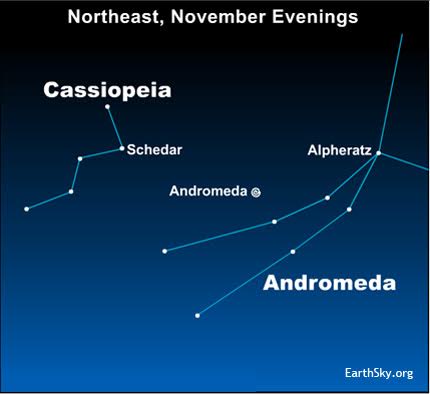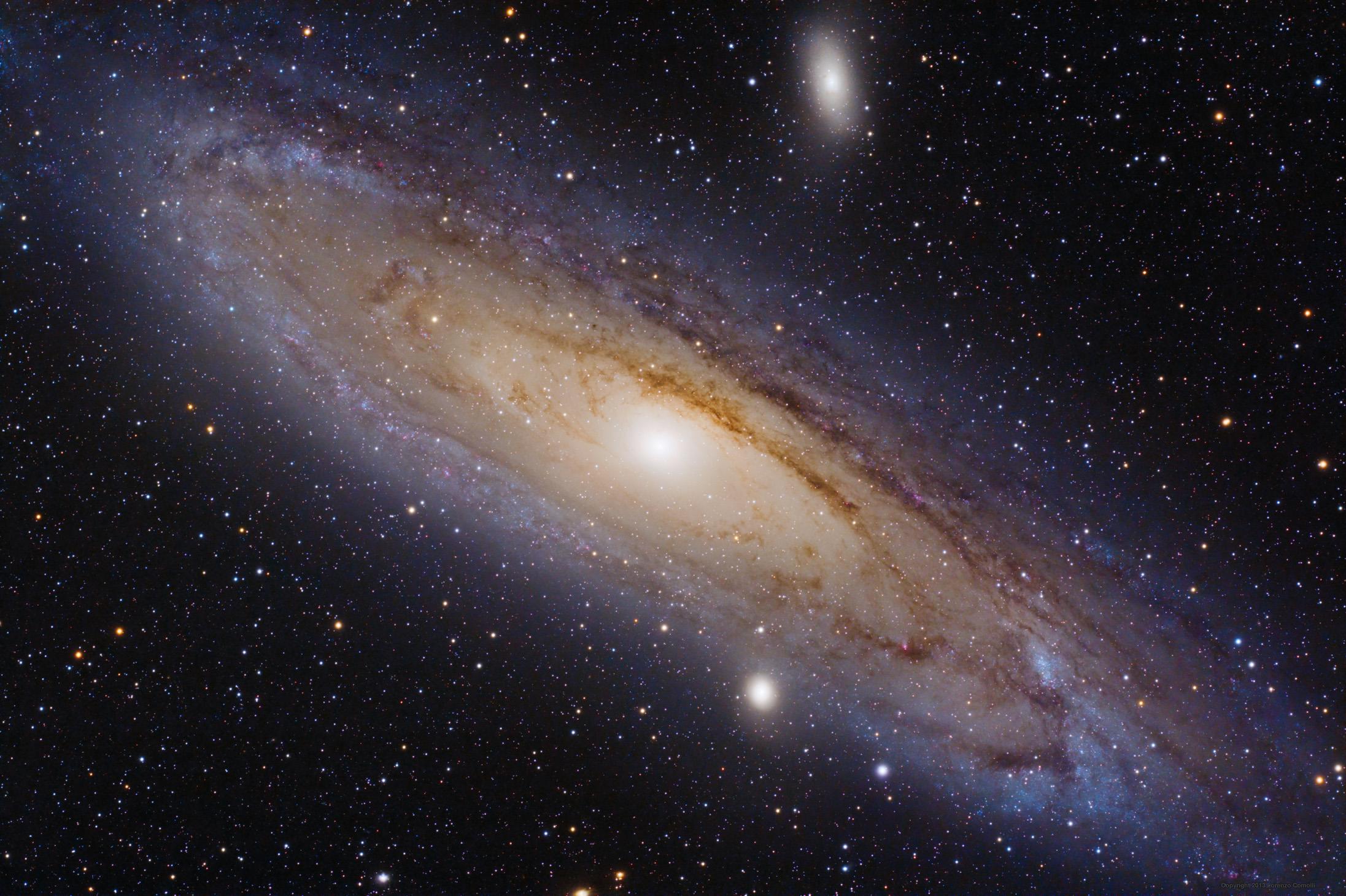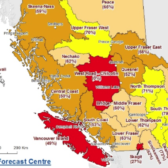What better time to visit a galaxy far, far, away
Local Astronomer Wayne Holmes has had an interest in astronomy since he got his first telescope and began reading about the objects in the sky at a young age. As the coordinator of the Starry Nights program at Taghum Hall as well as multi session astronomy classes as part of the Learning in Retirement program and astronomy programs for schools, Holmes has always had a desire to sky gaze. Thankfully, Holmes has agreed to share his knowledge with a column, Solar System and Beyond that will appear occasionally in The Nelson Daily.
Halloween will be here in a few days. What better time to visit a galaxy far, far, away?

Although the Andromeda galaxy, ( M. 31) is the closest large spiral galaxy to our own Milky Way galaxy, at a distance of 2.58 million light years, it is indeed, far, far, away. The light from the Amdromeda galaxy has travelled through space at just under 300,000 Km. per second, (the speed of light) for 2.58 million years before reaching us. To put it another way, the light we see from Andromeda, left the galaxy at a time when wooly mammoths and sabre toothed tigers roamed Earth. When we look at the Andromeda galaxy, we are seeing it as it was millions of years ago.
With a diameter of 250,000 light years, it is larger than our own galaxy and can be observed easily with binoculars. It can be see with the un-aided eye if you are in a dark location.
To find it, look first for the W star pattern that defines the constellation Cassiopeia. The three right hand stars of Cassiopeia form a V shape that points the way to Andromeda.
Just follow down from Schedar, the star at the point of the V and you should come to a faint, glowing, patch in the sky. This is M. 31, the Andromeda galaxy.
Binoculars are all you need to take a good look at our galactic neighbour. If you are using a telescope, try using the lowest power magnification to get the entire galaxy in your field of view.
You will notice that the galaxy has a bright central hub surrounded by fainter outer regions . The bright center contains a monster black hole and the outer regions are spiral arms extending out from the bright nucleus and contain hundreds of billions of stars.
If you look carefully, you may see two other brighter patches, one is very close and slightly to the south of M 31 and the other is north of Andromeda`s hub. These are the small elliptical galaxies , M.32 and M.110.
All three galaxies, as well as our own galaxy, are members of a group of galaxies known as the Local Group. One other thing to consider as you gaze at our large galactic neighbour is that it is heading toward our galaxy at a speed of 396,000 Km. per hour.
No need to be frightened though, the collision won`t take place for another 4 to 6 billion years.
On November 4th we will see the full Moon rise in the east as the Sun sets in the west. November`s full Moon is known as the Beaver Moon or the Frost Moon.
Wayne Holmes


























